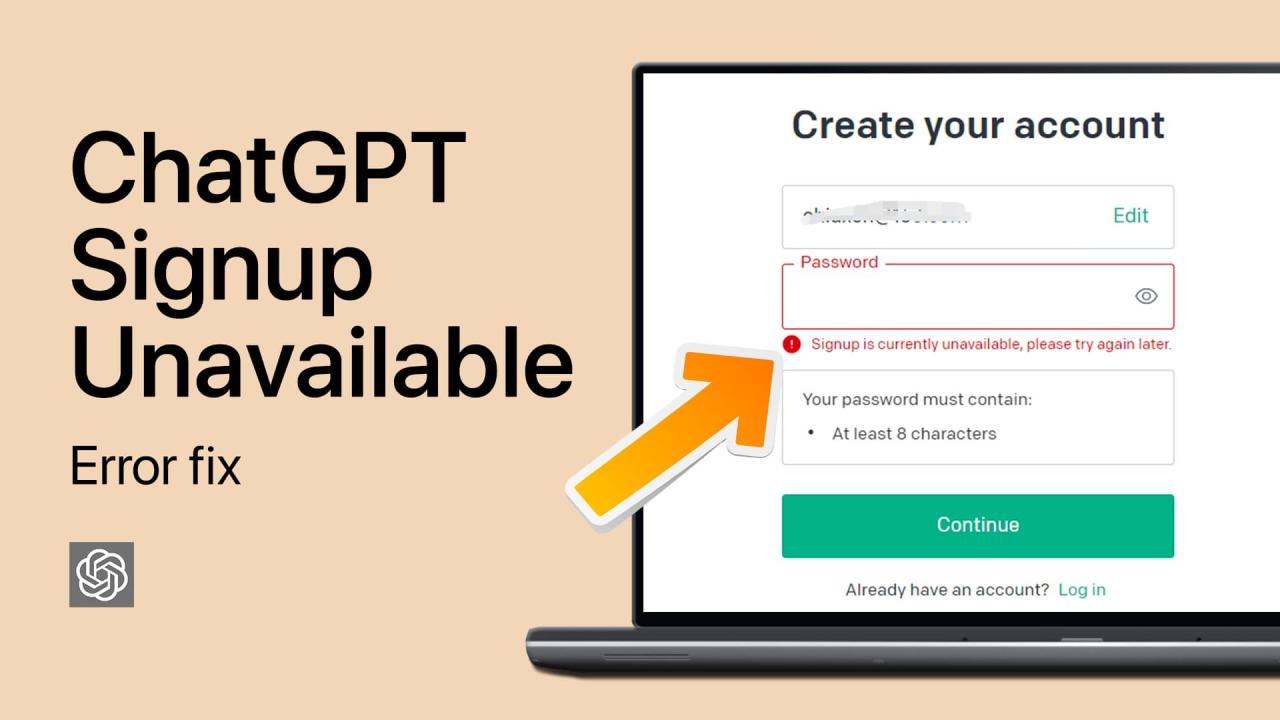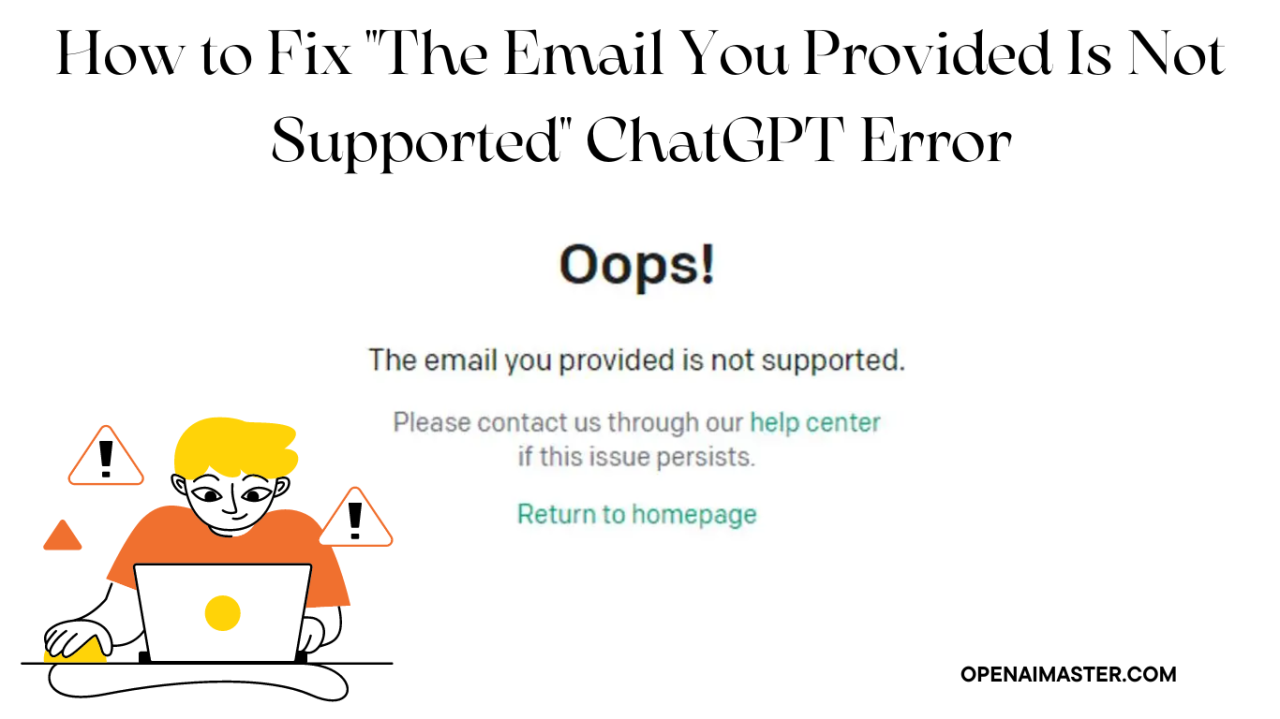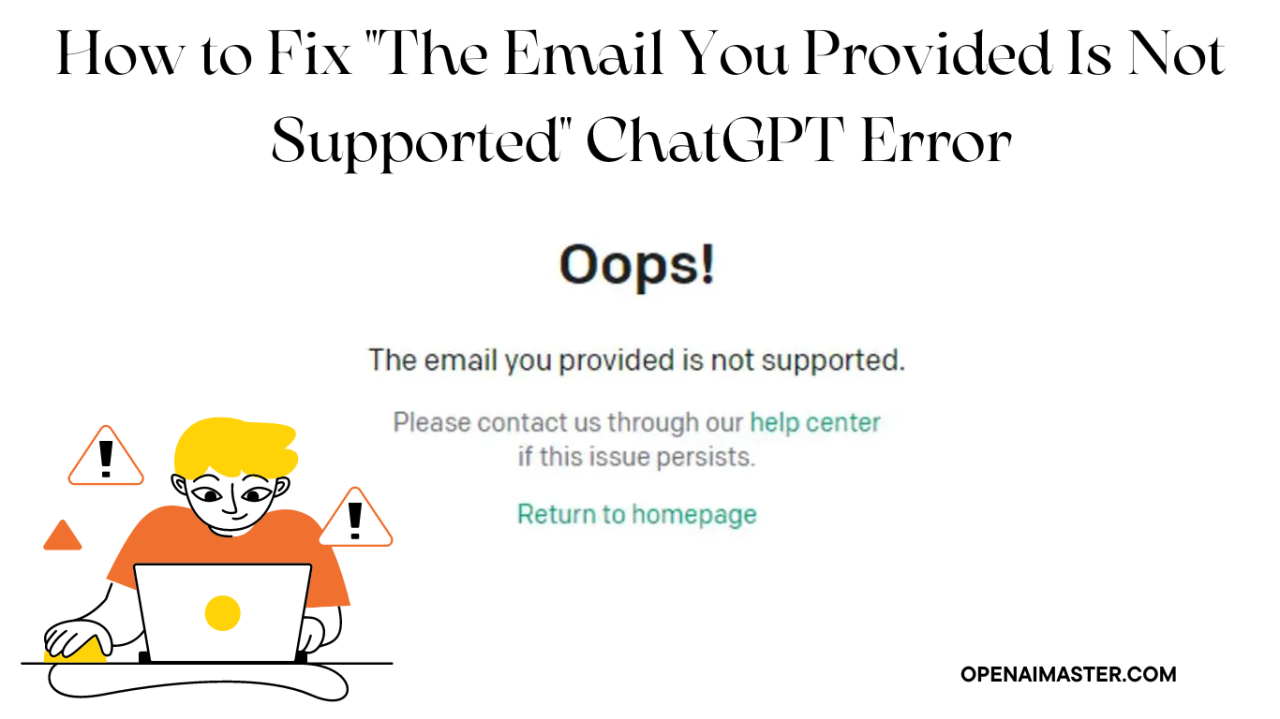Chat GPT Down: It’s a frustrating experience for anyone relying on the service. This guide explores the reasons behind outages, their impact on users, and strategies for both preventing and mitigating downtime. We’ll delve into the technical aspects, communication protocols, and alternative solutions to help you navigate these disruptions smoothly.
From understanding the root causes of service interruptions—be it server issues, network problems, or unexpected surges in demand—to exploring the emotional toll on users and effective communication strategies, we aim to provide a comprehensive overview. We’ll also look at preventative measures, such as regular maintenance and redundant systems, to minimize future disruptions.
Service Interruptions in Online Applications
Service interruptions are an unfortunate reality for many online applications. Understanding their causes, impact, and mitigation strategies is crucial for both developers and users. This section explores various aspects of downtime, from technical causes to communication strategies and user experience.
Hey, so you’re wondering about Chat GPT being down? It happens sometimes! To quickly check if it’s a widespread issue, head over to this site: is chat gpt down to see if others are reporting problems. Knowing if Chat GPT is down helps you decide if it’s your connection or a broader outage.
Potential Causes of Service Disruptions
Service disruptions can stem from a variety of sources. These include hardware failures (server crashes, network issues), software bugs (coding errors, unexpected interactions), database problems (corruptions, performance bottlenecks), and external factors (DDoS attacks, power outages). Effective monitoring and robust infrastructure design are key to minimizing these risks.
Typical Recovery Time for Outages
Recovery time varies greatly depending on the nature and severity of the outage. Minor issues might be resolved within minutes, while major incidents involving critical infrastructure could take hours or even days to fully rectify. Factors influencing recovery time include the complexity of the problem, the availability of support personnel, and the effectiveness of existing recovery procedures. A well-defined incident response plan is vital for efficient recovery.
Examples of Past Outages and Their Impact
Numerous high-profile services have experienced significant outages. For example, a major cloud provider experienced a widespread outage in 2021, impacting thousands of applications and services. The outage resulted in significant financial losses for businesses relying on the affected services and caused widespread disruption to users. Another example is a social media platform experiencing a temporary outage due to a software bug, causing frustration and impacting user engagement.
Hypothetical Major Outage Scenario and Consequences
Imagine a major outage affecting a popular e-commerce platform during a peak shopping season (like Black Friday). The consequences could be severe: significant financial losses due to lost sales, damage to brand reputation, and legal repercussions if sensitive customer data is compromised. Customer frustration and potential loss of loyalty are also significant concerns.
User Impact and Experience
Understanding the user experience during downtime is critical for improving service resilience and user satisfaction. This section explores user behavior, emotional responses, and common complaints associated with service interruptions.
User Experience During Unavailability
During periods of unavailability, users typically encounter error messages, inability to access features, and overall frustration. The severity of the impact depends on the criticality of the application for the user. For instance, an outage on a banking app will cause much more significant disruption than an outage on a social media platform.
Methods Users Employ to Check Service Status

Users commonly check service status through various methods. These include checking the application itself for error messages, visiting the company’s website for status updates, searching for information on social media, and contacting customer support. Providing clear and readily accessible status updates is essential.
Emotional Response to Service Interruptions
User emotional responses to service interruptions range from mild annoyance to intense frustration and anger. The level of emotional response is influenced by the importance of the application, the duration of the outage, and the clarity of communication from the service provider. Understanding these emotional responses helps in developing more empathetic and effective communication strategies.
Hey, is ChatGPT acting up? It’s a bummer when you’re relying on it and suddenly it’s down. If you’re seeing that dreaded “ChatGPT down” message, check the status yourself – go to chatgpt down? to see if it’s a widespread issue or just you. Knowing if Chat GPT is down helps you troubleshoot; maybe it’s just a temporary glitch!
Common User Complaints Associated with Downtime
Common complaints include lack of communication about the outage, extended downtime, inadequate alternative solutions, and poor customer support response. Proactive communication and a well-defined incident response plan are key to mitigating these issues.
- Lack of timely updates
- Inaccurate status information
- Poor customer service response
- Extended downtime
- Lack of alternative solutions
Technical Aspects of Downtime
Understanding the technical causes and mitigation strategies for downtime is essential for improving service reliability. This section explores key technical components, preventative maintenance, and troubleshooting processes.
Key Technical Components Contributing to Outages, Chat gpt down

Several key components contribute to outages. These include servers, databases, network infrastructure, and application code. Each component has its own potential points of failure, and understanding these weaknesses is crucial for designing resilient systems.
Reliability of Different Infrastructure Components
Different infrastructure components exhibit varying levels of reliability. For example, solid-state drives (SSDs) generally have higher reliability than traditional hard disk drives (HDDs). Similarly, cloud-based infrastructure often provides higher availability than on-premise solutions due to built-in redundancy and failover mechanisms.
Role of Preventative Maintenance in Reducing Downtime
Preventative maintenance plays a vital role in reducing downtime. Regular software updates, hardware checks, and security audits can identify and address potential issues before they escalate into major outages. A well-defined maintenance schedule and proactive monitoring are crucial.
Troubleshooting Process During an Outage
A typical troubleshooting process involves several steps, starting with initial detection of the outage, followed by diagnosis of the root cause, implementation of a fix, testing the fix, and finally, restoring service. A clear flowchart helps to streamline this process.
(A detailed flowchart would be included here, illustrating the steps involved in troubleshooting an outage, such as identifying the affected systems, checking logs, isolating the problem, implementing a fix, and verifying the fix. The flowchart would show a clear path with decision points and actions.)
Communication Strategies During Outages

Effective communication during outages is vital for maintaining user trust and minimizing negative impact. This section explores various communication methods and strategies.
Effective Communication Methods for Notifying Users
Effective communication involves providing timely, accurate, and transparent updates about the outage. This includes clearly explaining the nature of the problem, estimated recovery time, and any workarounds available. Multiple communication channels should be utilized.
Examples of Proactive and Reactive Communication Strategies
Proactive communication involves proactively informing users about potential disruptions before they occur (e.g., scheduled maintenance). Reactive communication focuses on responding to outages as they happen, providing regular updates until the service is restored.
Sample Communication Plan for Various Outage Scenarios
A comprehensive communication plan should cover various scenarios, from minor disruptions to major outages. The plan should Artikel communication channels, key messages, and escalation procedures. It should also specify who is responsible for communicating with users and how to handle media inquiries.
Comparison of Communication Channels
| Channel | Pros | Cons |
| Reliable, detailed information | Slow delivery, not always checked immediately | |
| Social Media | Fast dissemination, direct engagement | Limited character count, potential for misinformation |
| In-app Notifications | Immediate, targeted communication | Requires users to be actively using the app |
Alternative Solutions and Workarounds
Providing alternative solutions and workarounds during downtime can minimize disruption for users. This section explores potential strategies.
Potential Alternative Solutions
Alternative solutions depend on the nature of the application and the type of outage. These could include using a backup system, providing offline access to data, or directing users to alternative websites or applications.
Methods for Minimizing Disruption to User Workflows
Minimizing disruption involves providing clear instructions, readily available support, and alternative solutions. Regular backups and disaster recovery plans are crucial for ensuring business continuity.
Feasibility of Implementing Redundant Systems
Implementing redundant systems is a highly effective way to prevent future outages. Redundancy ensures that if one system fails, another can take over seamlessly. The feasibility depends on the complexity of the application and the budget available.
Potential Workarounds for Users
- Use a different browser or device.
- Clear your browser cache and cookies.
- Check your internet connection.
- Try accessing the application from a different location.
- Contact customer support.
Visual Representation of Downtime
Visual representations can effectively communicate the frequency and impact of downtime. This section describes potential visual aids.
Graph Showing Frequency and Duration of Past Outages
A line graph could effectively visualize past outages. The x-axis would represent time (e.g., months or years), and the y-axis would represent the duration of the outage in minutes or hours. Each data point would represent a single outage, with its duration plotted on the y-axis and its occurrence date on the x-axis. The graph could also show the frequency of outages over time.
Infographic Depicting the Impact of Downtime on User Productivity
A hypothetical infographic could illustrate the impact of downtime on user productivity. It could include elements such as: a bar chart comparing user activity before and during an outage, an illustration depicting frustrated users, a section highlighting the financial losses due to downtime, and a summary of the overall impact on business operations. The infographic would use a combination of charts, icons, and text to communicate the message effectively.
ChatGPT’s down again? Seriously, this is getting annoying. While we wait for it to come back online, let’s check out the news – there’s been a significant drone attack russia that’s making headlines. Anyway, back to the ChatGPT outage; hopefully, it’ll be back up soon so we can get back to work.
Wrap-Up: Chat Gpt Down

Experiencing service downtime is inevitable with any online service. However, understanding the causes, impacts, and mitigation strategies empowers users and service providers alike. By implementing proactive communication, robust technical infrastructure, and effective user support, we can minimize the negative effects of outages and ensure a smoother experience for everyone. Remember to check for official updates and utilize available workarounds during disruptions.
Quick FAQs
What should I do if the service is down?
Check the official service status page for updates and estimated restoration times. Look for workaround solutions or alternative services until the service is restored.
How long do outages typically last?
This varies greatly depending on the cause and complexity of the issue. Minor issues might be resolved in minutes, while major outages could take hours or even days.
Will I lose my work if the service goes down?
That depends on the service and whether it offers autosaving or cloud storage features. It’s always a good idea to save your work frequently to prevent data loss.
Who should I contact if I’m experiencing problems?
Consult the service’s help center or support channels for assistance. They usually have FAQs, troubleshooting guides, and contact information.
